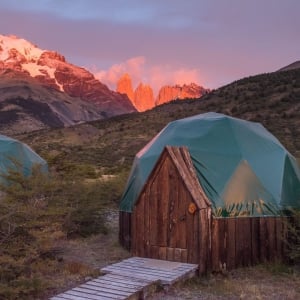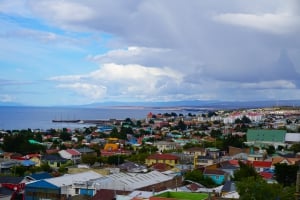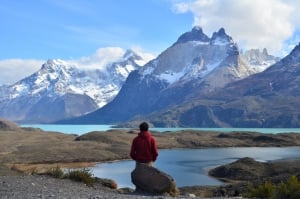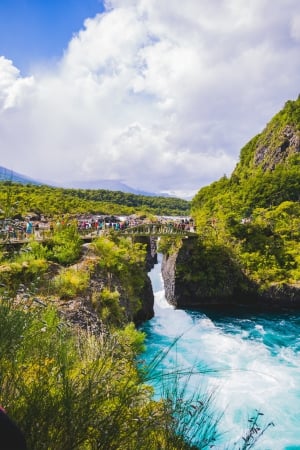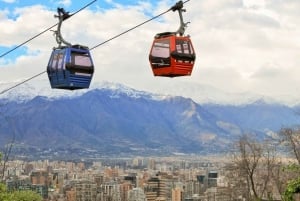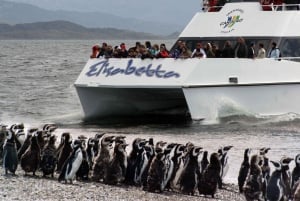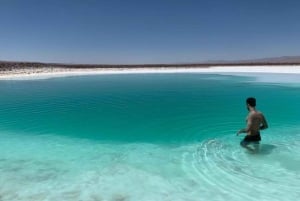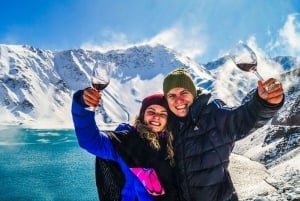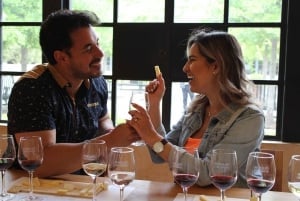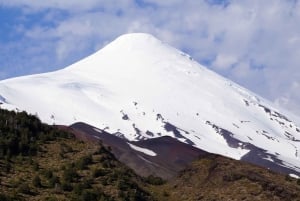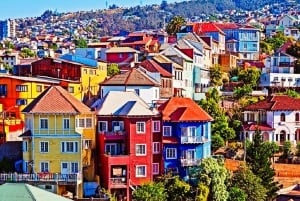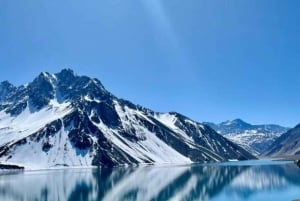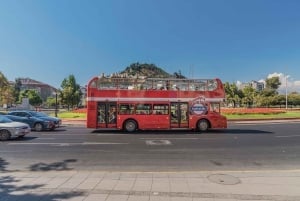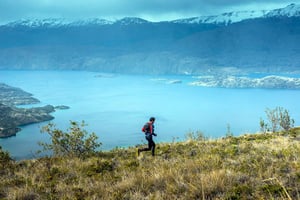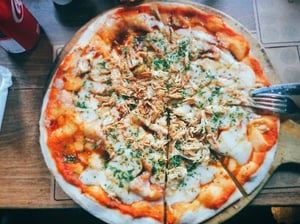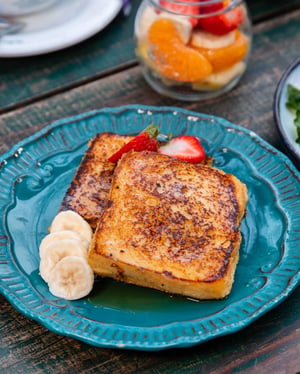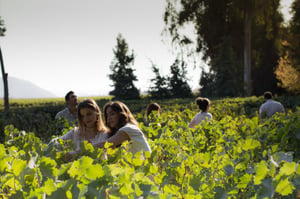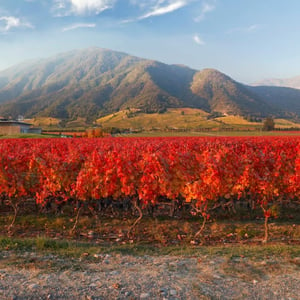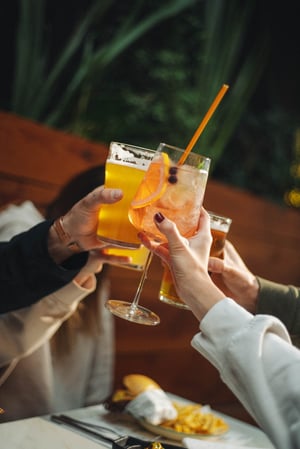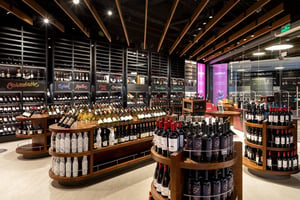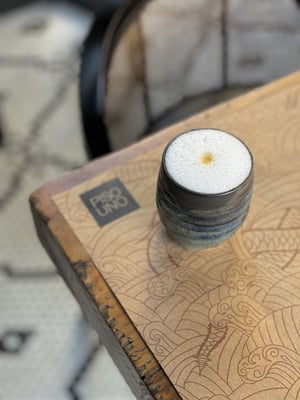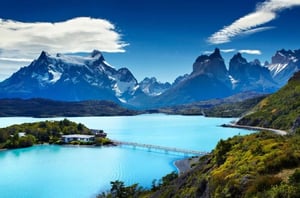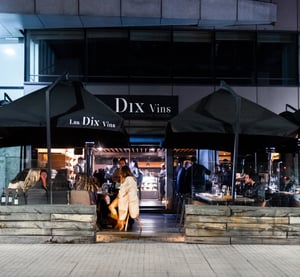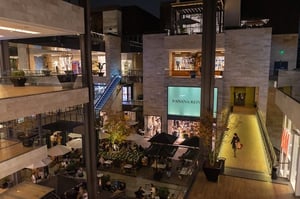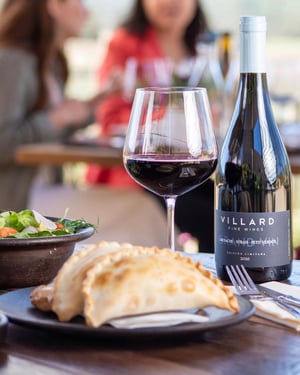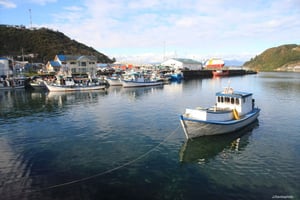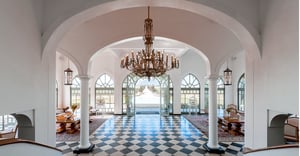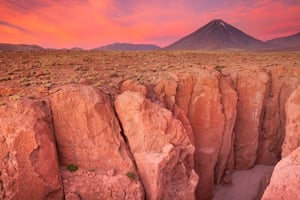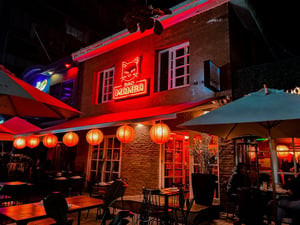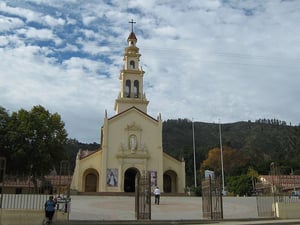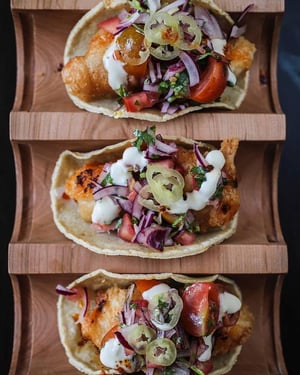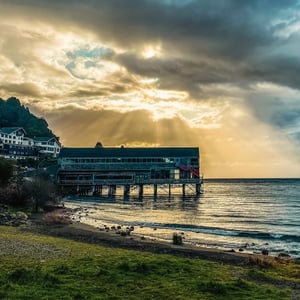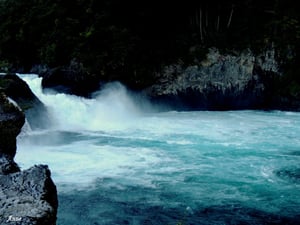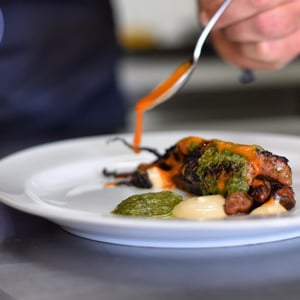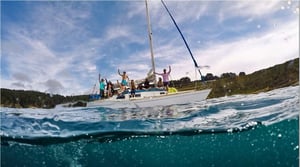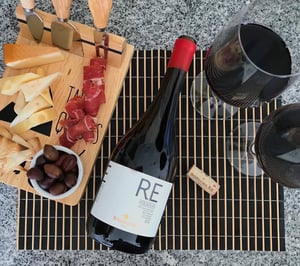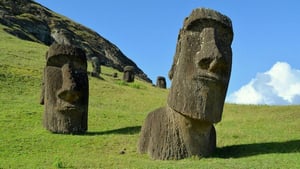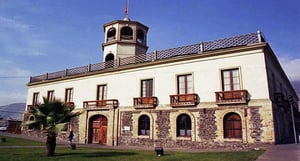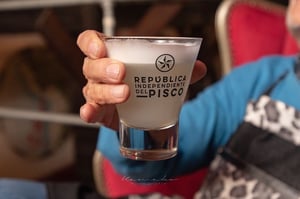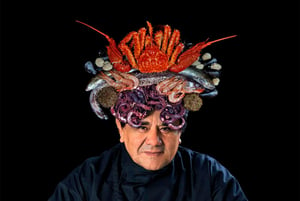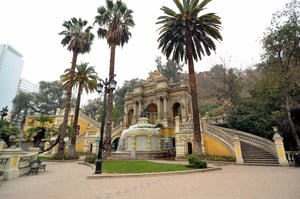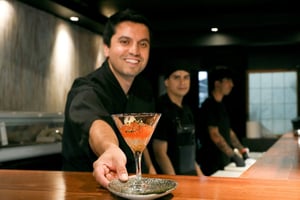What to see and where to go in South Chile
Book Top Experiences and Tours in Chile:
If youʻre booking your trip to Chile last minute, we have you covered. Below are some of the top tours and experiences!- Santiago: 1-Day Hop-On Hop-Off Bus and Cable Car Ticket
- Ushuaia: Penguin Watching Tour by Catamaran
- San Pedro Atacama: Baltinache Lagoons
- Santiago: Cajon del Maipo/Embalse del Yeso Tour with Picnic
- Marqués de Casa Concha: Wine Tasting at Concha y Toro
This area is one of the most heterogeneous in terms of landscapes and economic activities. The Cordillera de los Andes is presented with its high snowy peaks that give rise to rivers, lakes and lagoons where you can practice all kinds of activities, with a weather that little by little becomes more humid and the land is covered with extensive forests.
One of the best ways to travel and feel the Patagonian region is by car, driving the Route of the National Parks of Chile, it links 17 national parks along 2800 kilometers of scenic route, from Puerto Montt to Cabo de Hornos.
 Chiloé Island, Lakes Region.
Chiloé Island, Lakes Region. Very close to Puerto Montt, 200 kilometers away, following National Route 5, you can enter the Chiloé Island. It surprises with its cultural wealth, full of myths and legends, drawing the attention of its visitors due to the simplicity and particularity of its buildings. Its houses on stilts and its 16 wooden churches are recognized as a World Heritage Site by UNESCO.
Located on the western coast of Isla Grande, Chiloé National Park has a paleontological site located in Playa Rahue with multiple native species of trees such as the arrayán and the larch. Hiking is possible through the different trails of the park to enjoy its endemic flora and fauna.
One of the most recognized hotels in the Chiloé Islands is the Hotel Parque Quilquico, located in the archipelago formed by the big island and some 40 smaller islands in the surroundings. It is on the banks of the Dalcahue Canal and with a beautiful view of the Quinchao Island. The aroma of wood, the warmth of the water, and the panoramic view make for a unique experience. To relax, outside the Hotel's terrace, there are hot tubs for taking hot baths. In addition, towards the coast, the path invites you to walk, through forests of centenary native trees, to reach the beach and the Pullao wetland.
Some of the famous dishes of Chiloé gastronomy are the Chapalele, made of potato and flour, and the Curanto, a traditional method of cooking meat and seafood using hot stones buried in a hole in the ground. From large cities such as Castro and Dalcahue, gastronomic tours are offered to know the crops of the fields and you can cook the famous curanto.
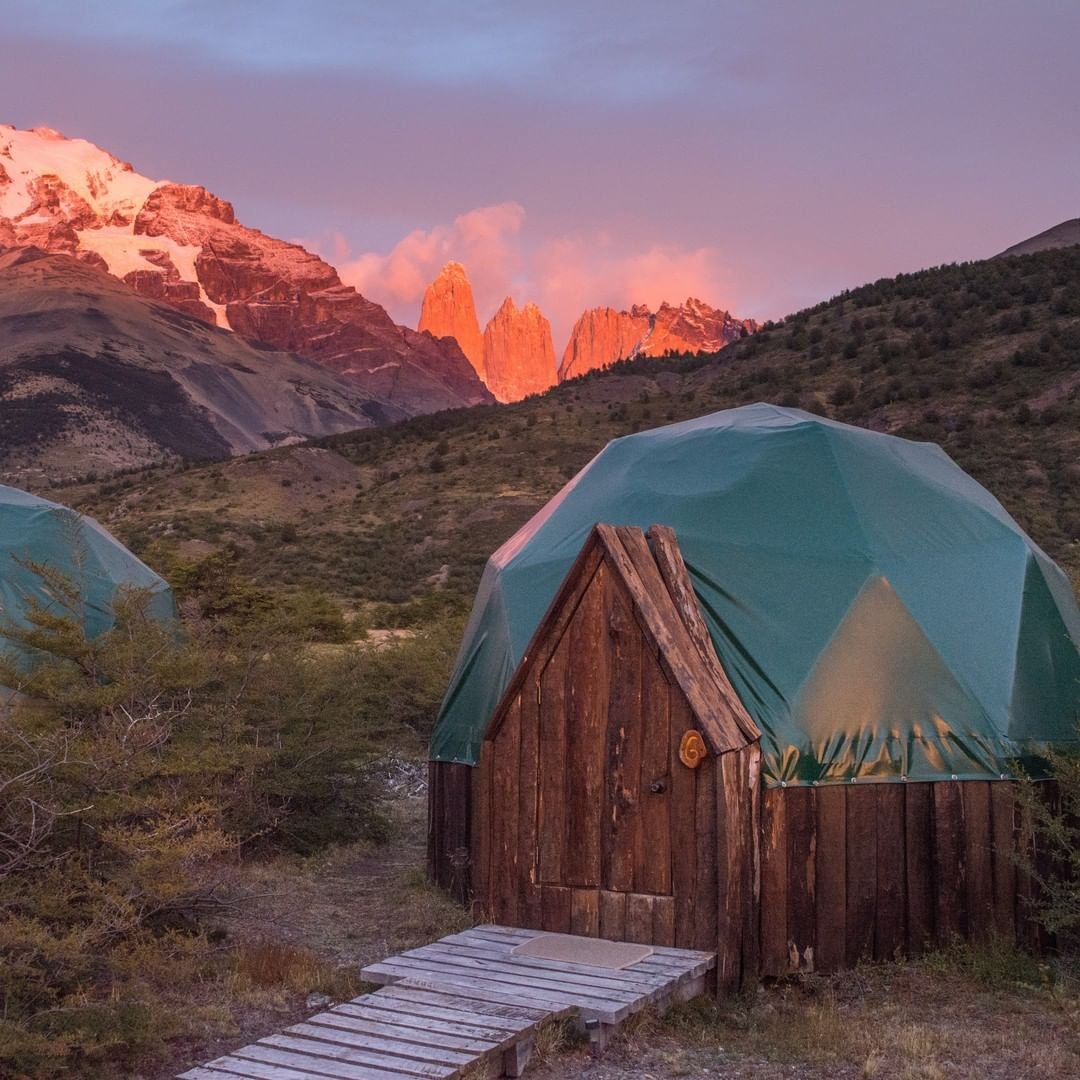
EcoCamp Patagonia hotel "dome", Torres del Paine national park.
Still further south, arriving at Torres del Paine National Park, is the EcoCamp Patagonia Hotel, 20 kilometers from Torres del Paine. an ecological proposal that specializes in providing adventure experiences of the highest quality, committing itself in every way to sustainability. Its cabins in the form of "domes" are built with the aim of maintaining the least environmental impact.
For those who are looking for a connection with living nature, we recommend walks to observe wildlife, possibly, you come across guanacos crossing meadows or pumas prowling mountains, without forgetting your photo of the imposing Torres del Paine behind you.
The hotel offers and recommends to those trained adventurers the “Epic Patagonia Multi Sport” package consisting of hiking, biking, kayaking, boating and even horseback riding.
The typical foods that you can try in the Patagonia region are:
- Patagonian Lamb, prepared with sheep meat cooked in the open air, giving it a smooth and quality texture.
- Patagonian Guanaco, this can be cooked as a roast, escalope or goulash. The guanaco was one of the animals most hunted by the original natives.
- Carbonada, a vegetable and meat soup ideal for cold climates. The ingredients that make it up can be potato, carrot, onion, pumpkin and ground meats.
- Charquicán, typical of southern Chile, originating in pre-Columbian times. Traditionally it was made with squash, guanaco jerky and potato, but over the years they were adding corn and minced or ground meat, as well as white rice or cochayuyo, depending on the area.
The gastronomy of southern Chile shows an incredible cultural mix. Traveling the Route of the National Parks the opportunity to enjoy these foods prepared with the hands of its inhabitants, traveling and reaching all the native peoples that makes this trip a unique experience.




